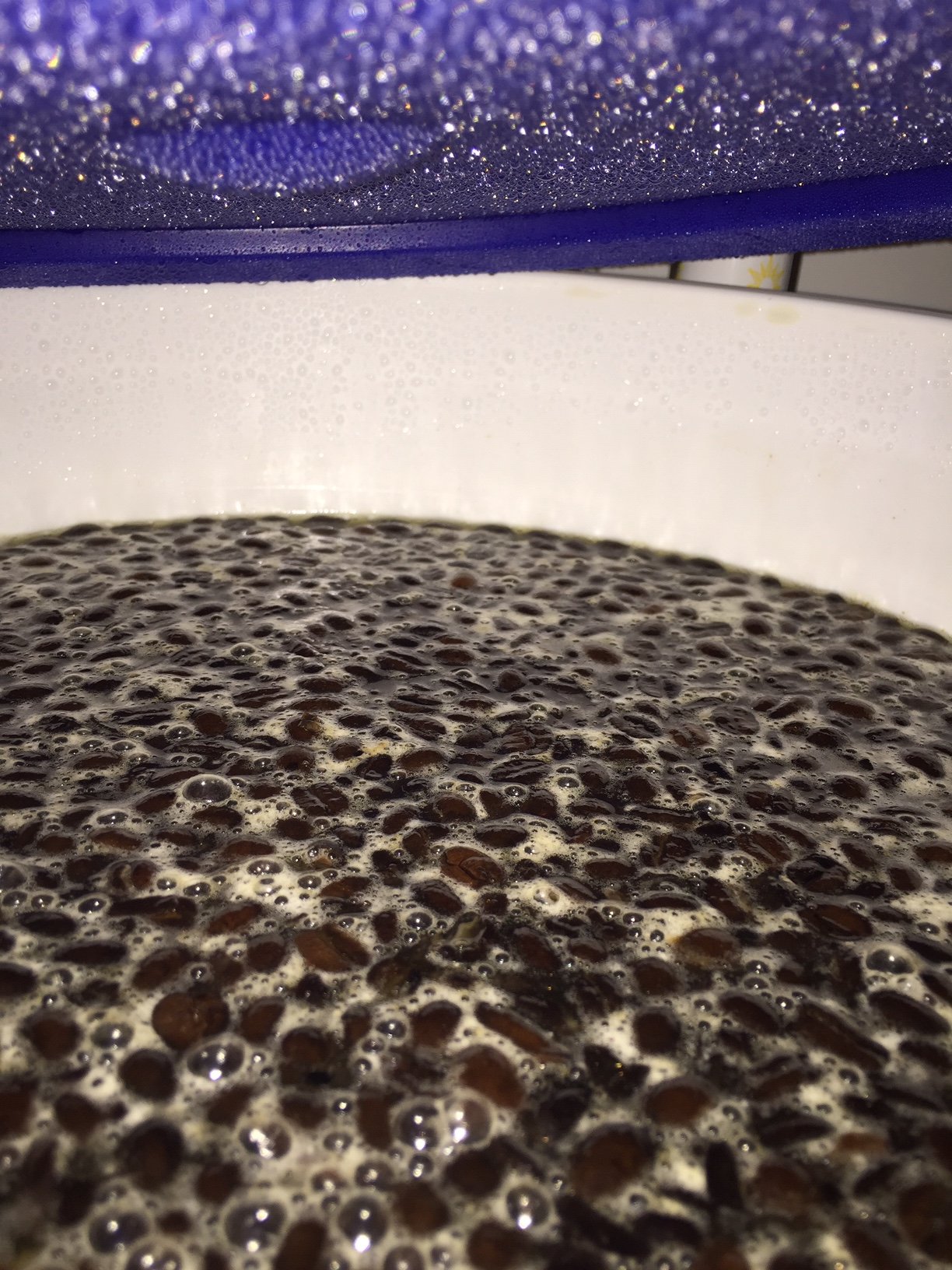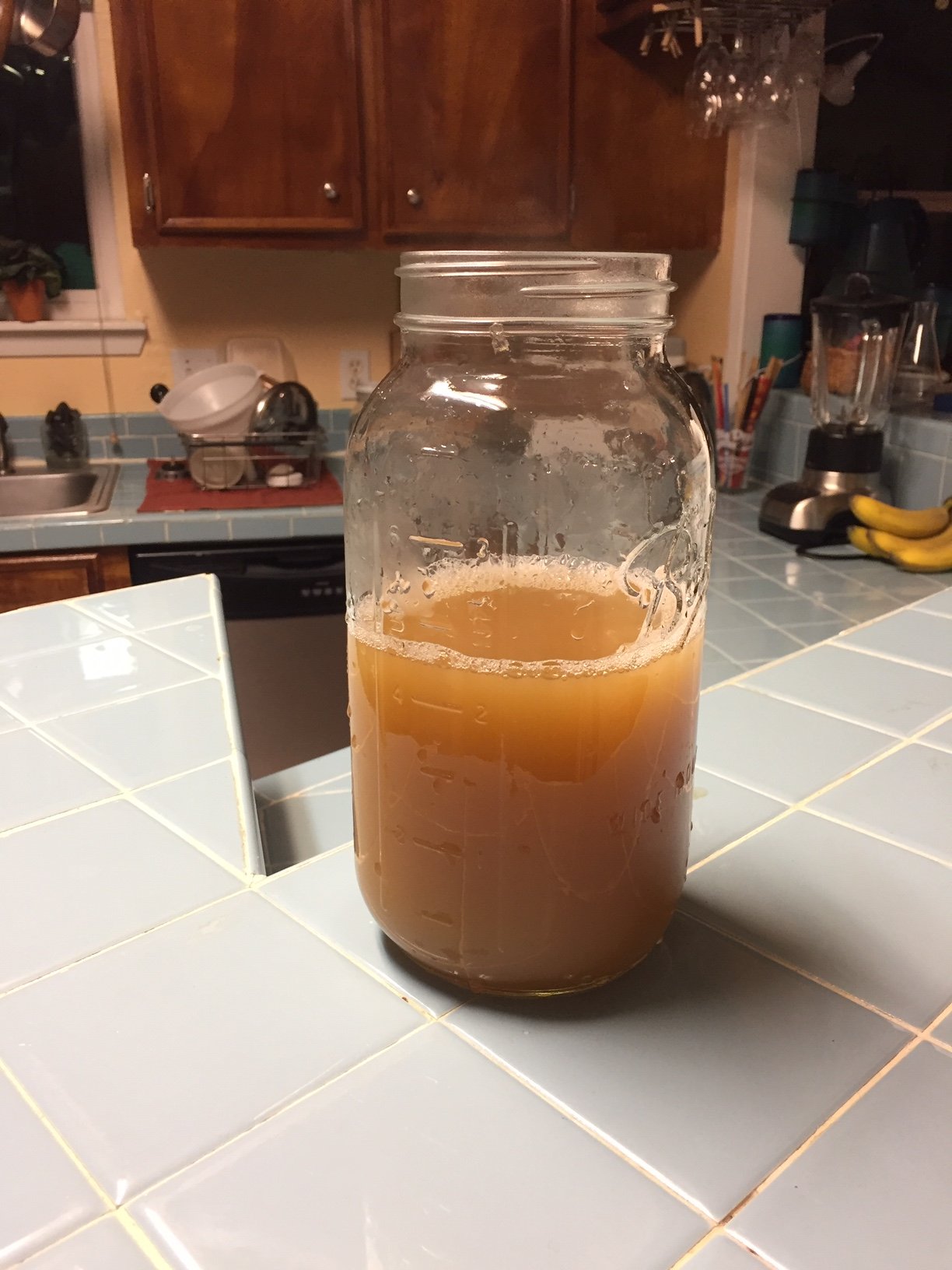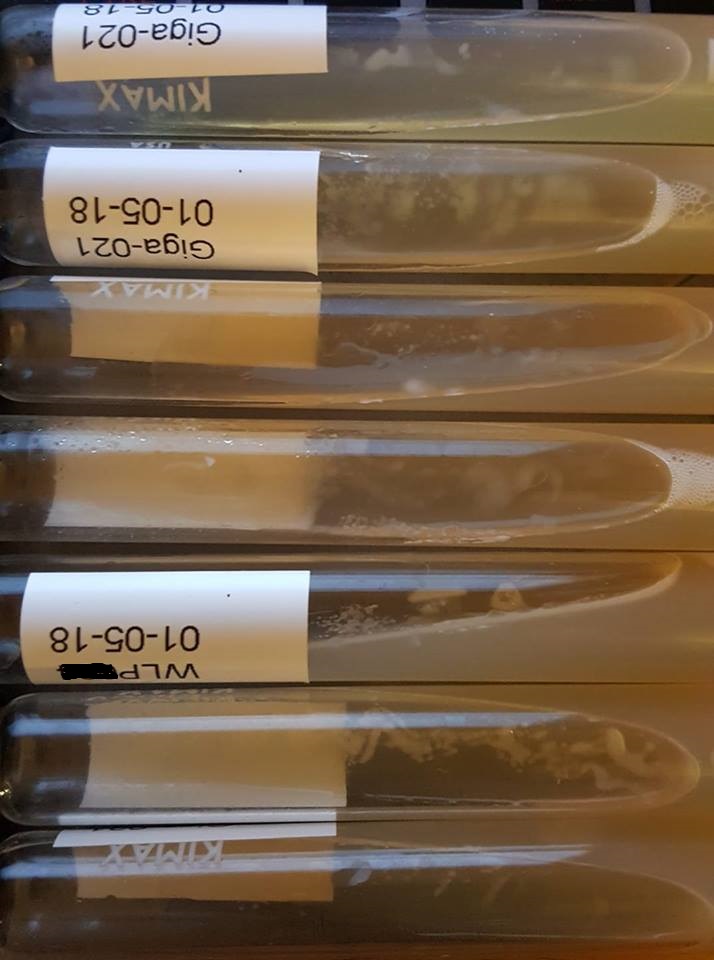I've noticed when searching for Kolsch recipes that actual Kolsch malt is not on any of the grain lists? I was gonna post this question on the recipe forum but that place seems only for actual recipes.
I'm sitting on about 50# of uncrushed Kolsch grain and am utterly confused by the lack of any Kolsch recipe calling for any quantity of Kolsch malt???
I'm about to say F it and throw about 10# at some Hallertau & K97 I have lying around and see what comes of it.
I'm sitting on about 50# of uncrushed Kolsch grain and am utterly confused by the lack of any Kolsch recipe calling for any quantity of Kolsch malt???
I'm about to say F it and throw about 10# at some Hallertau & K97 I have lying around and see what comes of it.








